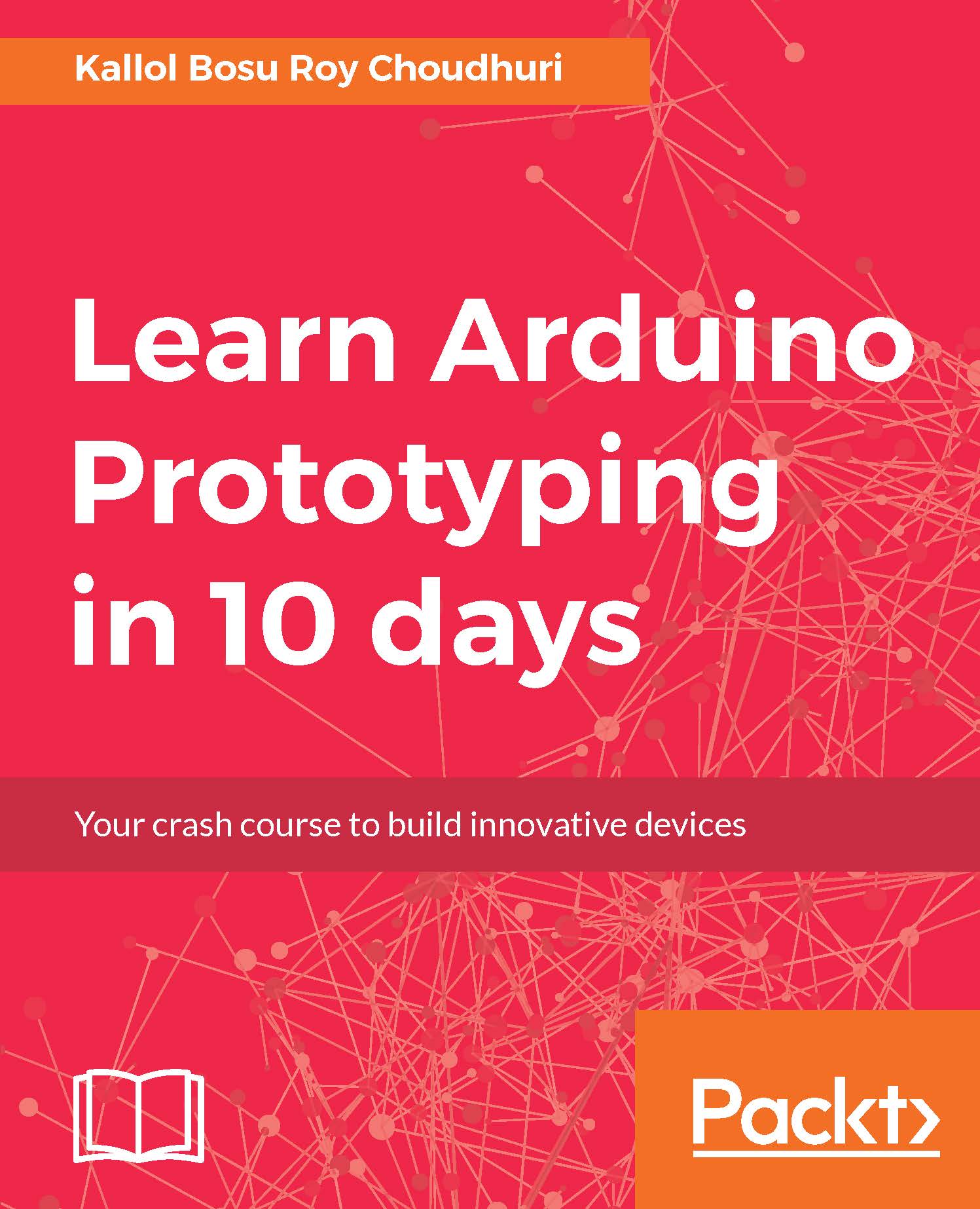In this chapter, we concentrated on understanding the basics of Infrared communications with the Arduino platform. We looked at some commonly used IR receiver components such as TSOP1738, TSOP1838, and SM0038 that can be used for detecting and decoding incidental IR signals. During this lesson, we saw how to capture the IR code from a remote control.
In the second part of the chapter, we learnt how to work with IR Transmitter LEDs for transmitting IR codes. We also learnt how to send IR codes using the Arduino platform to a TV set and control its volume.
In the last part of the chapter, we looked at a generic way of using remote controls to control our Arduino projects. Using the basic fundamentals that you learnt in this chapter, you should attempt to build some more examples on your own.
In the next chapter, we are going to learn how to build Radio Frequency enabled...






































































